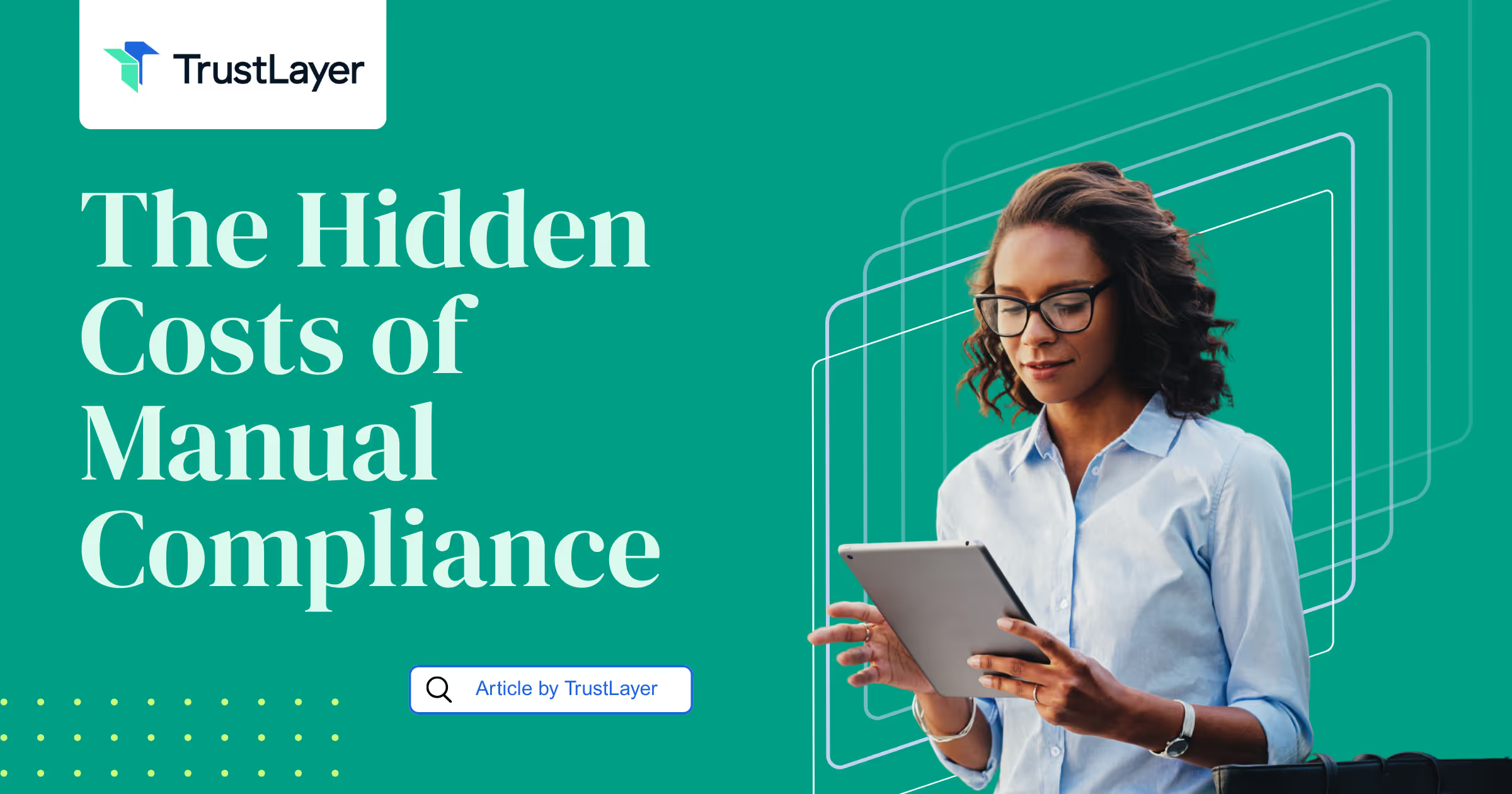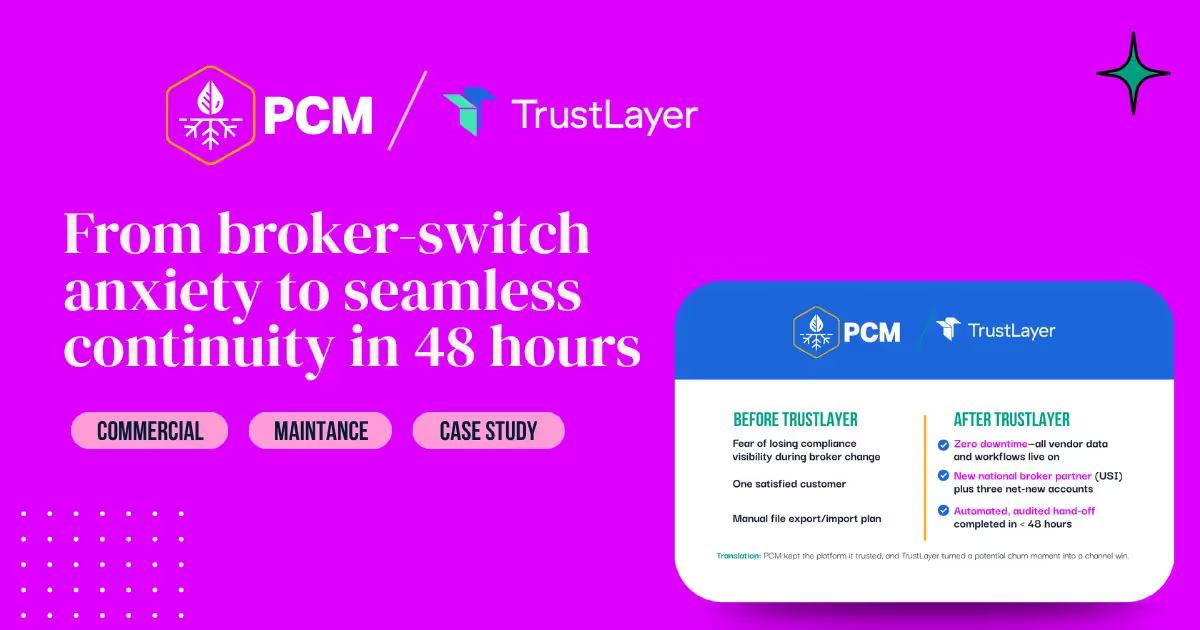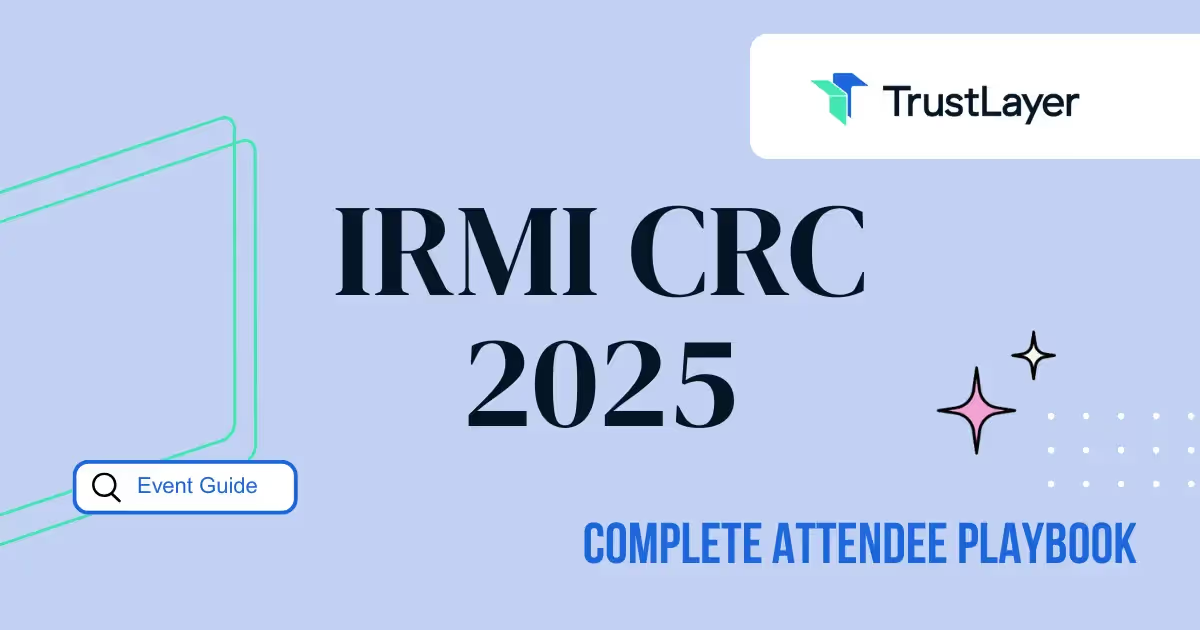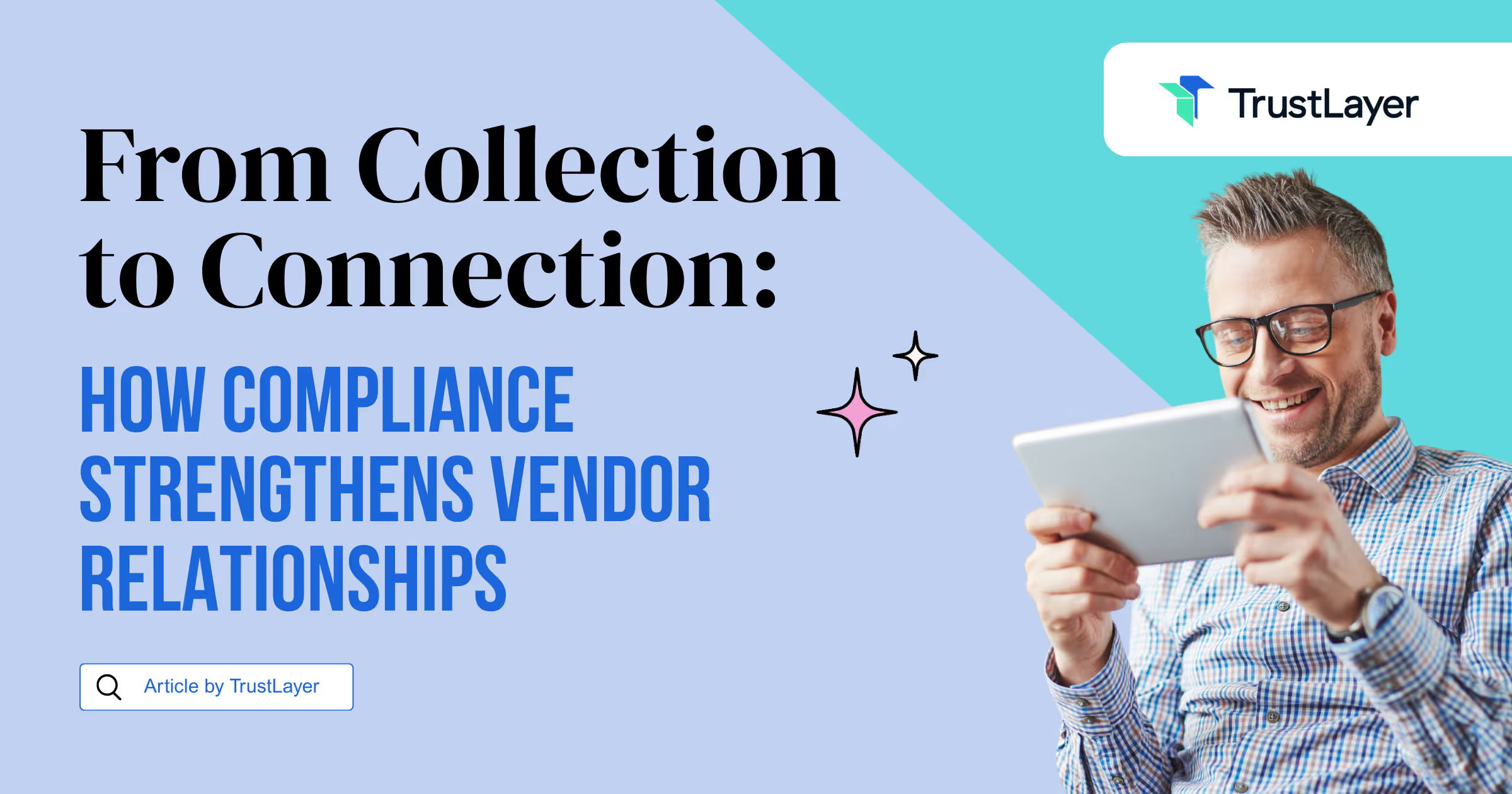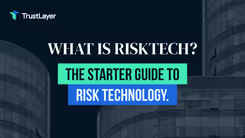Decoding Certificates of Insurance for Beginners

Decoding Certificates of Insurance for Beginners: A Simple Guide
Understanding insurance can feel overwhelming, especially when navigating the intricate terminology and various forms of documentation. One of the most crucial elements in the insurance landscape is the Certificate of Insurance (COI). This article will dissect the components and importance of COIs to give you a solid foundation.
Understanding the Basics of Insurance Certificates
What is a Certificate of Insurance?
A Certificate of Insurance is a document that provides evidence of insurance coverage. It is typically issued by an insurance company or broker and summarizes the key information regarding the insured, policy coverage, and contact details of the insurance provider. Think of it as a snapshot of your insurance status, showcasing that you have the necessary coverage to protect yourself or your business.
For businesses, providing a COI is often a requirement when working with clients or vendors, serving as proof that they carry sufficient insurance to mitigate risks associated with their operations. This is particularly important in industries such as construction, where the potential for accidents and liabilities is significantly higher. By presenting a COI, contractors can reassure clients that they are adequately protected against unforeseen events, fostering a sense of security and professionalism in their business dealings.
Why Do You Need a Certificate of Insurance?
Certificates of Insurance serve several important purposes, including:
- Ensuring compliance with contractual obligations.
- Protecting against liabilities that may arise during business operations.
- Providing peace of mind to clients and stakeholders by confirming coverage exists.
In fact, studies show that nearly 90% of businesses request a COI from vendors and contractors before beginning work, highlighting its role as a crucial document in maintaining trust and assurance in business transactions. Additionally, having a COI can be instrumental in securing contracts, as many companies will not engage with suppliers or service providers who cannot demonstrate adequate insurance coverage. This requirement not only protects the business but also enhances its credibility in the marketplace.
Key Terms Associated with Insurance Certificates
Navigating a COI involves understanding specific terminology. Some key terms include:
- Named Insured: This indicates the individual or business covered by the insurance policy.
- Additional Insured: A party that is covered by the policy, even though they are not the primary policyholder.
- Liability limits: The maximum amount an insurance company will pay for a covered loss.
Familiarizing yourself with these terms not only aids in reviewing your COI effectively but also strengthens your overall understanding of insurance policies. Moreover, knowing how to interpret the details on a COI can help you identify any gaps in coverage or areas where additional protection may be necessary. For instance, understanding the difference between general liability and professional liability insurance can guide you in selecting the right policies to suit your specific business needs. This proactive approach to insurance can ultimately save you time and money while ensuring that you are adequately protected against potential risks.
Components of a Certificate of Insurance
Identifying Information
The first section of a COI includes identifying details, such as the name of the insured party, the insurance company, and the contact information for the issuing agent. This information is crucial for verifying the legitimacy of the document and for any follow-ups or claims inquiries that may arise.
It's essential to ensure that these details match your records or those of your business partner, as discrepancies can lead to confusion and potential coverage issues. In addition, the inclusion of a unique policy number can facilitate easier tracking of the insurance policy in question, allowing all parties involved to reference the same document without ambiguity. This can be particularly important in industries where multiple policies are held, as it helps streamline communication and ensures that everyone is on the same page regarding coverage specifics.
Coverage Limits and Types
This section outlines the specific coverage included in the policy, such as general liability, workers' compensation, and property insurance. Often, the COI will show the monetary limits for each type of coverage, providing a clear insight into how much protection you have against different risks.
Understanding these limits can significantly affect how businesses approach risk management and may help in negotiations with clients who require proof of coverage. Additionally, some policies may include endorsements or additional coverage options that can be beneficial in unique situations, such as professional liability for service-based businesses or cyber liability for companies handling sensitive data. By being aware of these options, businesses can tailor their insurance needs more effectively, ensuring they are adequately protected against potential liabilities.
Policy Effective Dates
Every insurance policy has a start and end date. The effective dates indicated on a COI are vital for ascertaining when the coverage begins and when it expires. Policies with expired coverage can leave businesses exposed to risk, making this information one of the most critical elements to review.
According to industry reports, about 30% of contractual disputes arise from misunderstandings related to coverage dates and subsequent liabilities, stressing the importance of correct policy timelines. Furthermore, many contracts require ongoing proof of coverage, necessitating that businesses stay vigilant about renewing their policies in a timely manner. This proactive approach not only helps in maintaining compliance with contractual obligations but also fosters trust and reliability in business relationships, as clients and partners can be assured of continuous coverage without lapses.
Reading and Understanding Your Certificate of Insurance
Deciphering Insurance Jargon
Like any specialized field, insurance has its own language. Terms like "aggregate limits" and "per occurrence" can be perplexing. To effectively utilize your COI, you should familiarize yourself with the common phrases used in insurance documentation.
Resources like glossaries from reputable insurance websites can be instrumental in helping demystify this jargon, empowering you to make informed decisions regarding your coverage. Additionally, many insurance companies offer educational resources, including webinars and FAQs, that can further clarify complex terms and concepts. Engaging with these materials can provide a deeper understanding of how different policies work and the implications of the language used in your COI.
Recognizing the Importance of Each Section
Each part of the COI has a purpose that informs the insured and any stakeholders about their respective risks and responsibilities. Ignoring any section can lead to critical oversights.
For instance, failing to recognize the "additional insured" section could mean that a client or vendor might not see themselves protected under your policy in case of an incident. Therefore, a comprehensive review of the entire document is a necessity, not a luxury. It's also crucial to pay attention to the "policy number" and "effective dates," as these details confirm the validity of your coverage. Misunderstanding these dates could inadvertently leave you exposed to risks during lapses in coverage. Furthermore, understanding the limits of liability outlined in your COI can help you assess whether your current coverage is adequate for your specific needs, especially if your business activities evolve over time.
Common Mistakes to Avoid When Reviewing Certificates of Insurance
Overlooking the Policy Expiration Date
One of the most frequent errors occurs when individuals overlook the expiration date of their policies. Letting a COI expire without renewal can leave you unprotected in case of claims, leading to severe financial consequences.
It is advisable to set reminders for renewal dates and request updated certificates periodically to ensure sustained coverage and compliance with any contractual obligations. Additionally, consider implementing a systematic approach to tracking your insurance policies. Utilizing digital tools or software designed for managing insurance can streamline this process, allowing you to receive alerts well in advance of any expiration. This proactive strategy not only mitigates risks but also fosters a culture of diligence regarding insurance management within your organization.
Misunderstanding Coverage Limits
Many insured individuals misunderstand the implications of coverage limits, thinking that they are fully covered without recognizing the particulars behind the limits defined in their policy.
It's vital to grasp how the coverage limits apply in real-world scenarios, as this could dramatically alter your financial exposure in case of a claim. Engaging with an insurance broker or agent can help elucidate these nuances. Furthermore, reviewing case studies or examples of claims that exceeded coverage limits can provide valuable insights into potential pitfalls. Understanding the specific language used in your policy, such as "aggregate limits" versus "per occurrence limits," can also clarify how much coverage you truly have and under what circumstances it applies. This knowledge empowers you to make informed decisions about additional coverage options, such as umbrella policies, that can provide an extra layer of protection when needed.
How to Obtain a Certificate of Insurance
Steps to Request a Certificate of Insurance
Obtaining a COI is generally straightforward. You can follow these steps:
- Contact your insurance broker or agent directly.
- Provide the necessary details, such as the type of insurance, the insured details, and any specific requirements from the party requesting the COI.
- Review the COI for accuracy once it is issued before forwarding it to the respective party.
Making this process smooth can save both time and stress while ensuring that you meet your business obligations transparently. It's also wise to keep a record of all communications with your insurance agent, as this can be helpful if any discrepancies arise later. Additionally, consider setting reminders for when your COI needs to be renewed or updated, as many contracts require current documentation to remain valid.
Understanding the Role of Insurance Agents
Insurance agents play a vital role in navigating the complexities of acquiring and understanding insurance certificates. They serve as intermediaries between you and the insurance provider, ensuring that you get the right policies and COIs tailored to your needs.
Additionally, they can help clarify any doubts regarding coverage limits, endorsements, and exclusions—elements that can be detrimental if mismanaged. A knowledgeable agent can also assist you in understanding the nuances of different types of insurance, such as general liability, professional liability, or workers' compensation, which can vary significantly in terms of coverage and requirements.
Moreover, insurance agents often have access to a wide range of insurance products and can provide insights into the best options available in the market. They can help you compare policies and premiums, ensuring that you not only meet legal and contractual obligations but also secure the best value for your investment. This personalized guidance can be invaluable, especially for businesses operating in specialized industries where unique risks may not be adequately covered by standard policies.
As you've learned from this guide, managing certificates of insurance is a critical component of modern risk management. But why stick to outdated, manual processes when there's a better way? TrustLayer is revolutionizing the way companies handle COIs, offering a best-in-class tracking system that automates the tedious tasks of document collection, storage, and verification. With TrustLayer, you can collaborate on vendor document management with ease, saving time and money while ensuring compliance. Embrace the future of risk management and join the many companies that have streamlined their COI processes with TrustLayer. Set up a time to talk with our team and discover how we can tailor our leading solution to your business needs.








